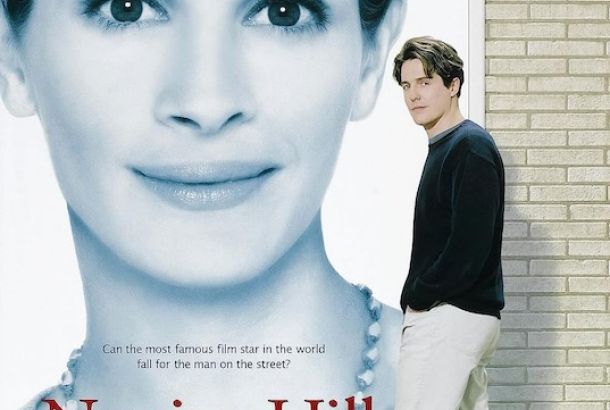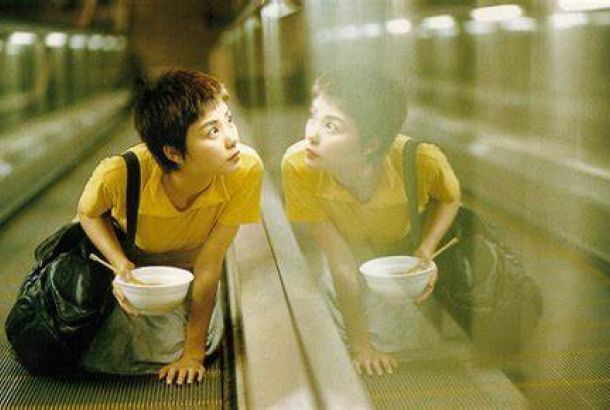Nightmare Alley: A stylish homage to film noir

Nightmare Alley, Guillermo Del Toro’s first film since Best-Picture-winning The Shape of Water, is yet another aesthetic feast from the acclaimed director, a film that is a pleasure to look at and that has a stylistic identity easy to indulge in. This time, however, the setting is far from fantastical. Del Toro pays homage to American noir films of the 1940s and 1950s, meticulously crafting a classic rendition of the genre.
The story is a traditional noir tale, based on William Lindsay Gresham’s 1946 novel of the same title, first adapted to film in 1947. The protagonist, Stan Carlisle (Bradley Cooper), is a con artist on the run who joins a travelling carnival after having committed murder and arson. There he begins to learn cold reading and coded language from two of the carnival performers, Madame Zeena (Toni Collette) and her husband (David Strathairn). While exploring the boundaries between performative arts and magic, there arises a grasping sense of mystery and a heavy, unsettling atmosphere that permeates throughout Stan’s surroundings.
Not for a moment does Stan want to settle, consequently looking for opportunities to expand his career. Soon, he engages in a romance with another performer, Molly (Rooney Mara). They start their own act of clairvoyance, and eventually leave the troupe to begin performing independently.
Stan and Molly quickly gain popularity and find themselves performing acts for the richest and for the elites. During one of these shows, Stan meets the femme fatale of the film. Played seductively and charismatically by Cate Blanchett, Dr. Lilith Ritter enamours Stan effortlessly. Blanchett is the undeniable star of the film, a true scene-stealer with an unforgettable nature that enthrals the viewer as much as the protagonist.
The film’s runtime of 150 minutes naturally implies that the story involves a significant development throughout. It is not short of twists and radical changes of scenery, from the dirty and gloomy carnival to grandiose, polished, art-deco interiors.
In the case of a stylish work of craftsmanship like Nightmare Alley, however, the story itself plays a less crucial role than the excellency of technical craft and careful world building. In the foreground is a visual and technical feast, the adaptation of every great aspect of film noir to the capabilities of modern cinema. Whether it’s the unforgettable festival funhouse, the atmospheric cinematography, or the chilling score from Nathan Johnson, every aspect of the film’s craft is worth praising.
However, there remains the feeling that the screenplay, as well as the film as a whole, is unable to deeply explore or modernise the confines of the source material and of film noir overall. It becomes clear that the cynicism and cold-bloodedness of the genre, which brought it mainstream popularity back in the day, entrap the film within the limitations set decades ago. Yet, it would be unjust to consider it a flaw, as it highlights certain timelessness of noir tales and how well-established the way of telling them on screen is.
Del Toro did not attempt to modernise the story, but rather to pay homage to the classic genre and to build another triumph of the craft of filmmaking. It might not be a triumph of art and creativity in the sense The Shape of Water was, but it wasn’t meant to be that; Nightmare Alley is an old-fashioned love letter to a genre that although long gone, never came close to being forgotten. And in Del Toro’s heart, it still is very much alive in an unchanged shape and form.
3.5/5.







